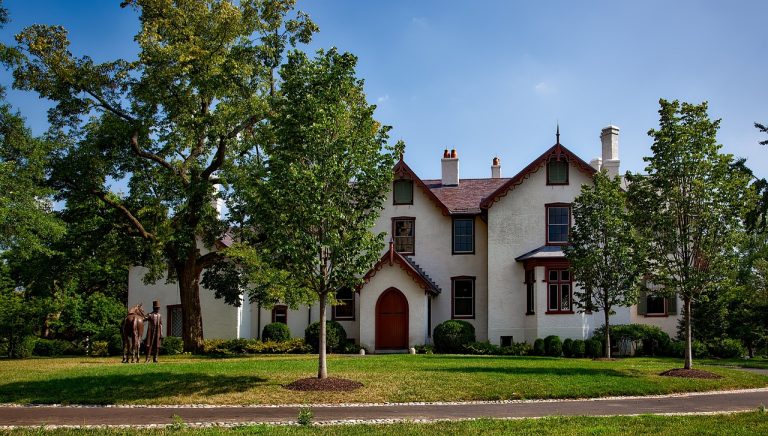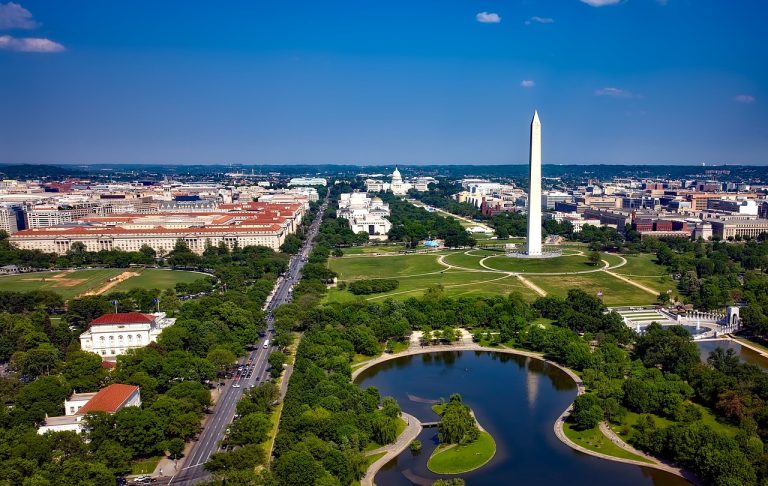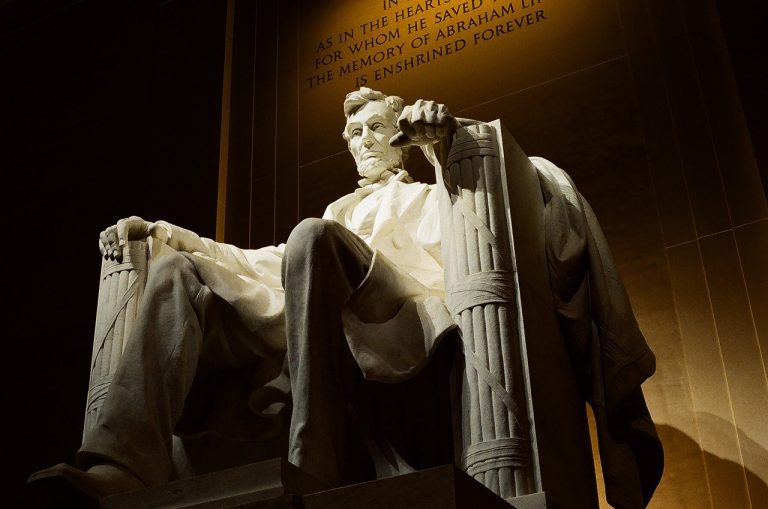Washington D.C. Video
Navigating Washington D.C.: Tips for Solo Travelers
Washington D.C., the capital of the United States, is a vibrant city with a rich history and countless attractions. Whether you’re visiting for business or pleasure, exploring the city on your own can be an exciting and rewarding experience. To make the most of your solo trip to Washington D.C., here are some tips to help you navigate the city with ease.
1. Getting Around
- Utilize the Metro: The Washington Metropolitan Area Transit Authority operates an extensive subway system that can take you to most major attractions in the city. Purchase a SmarTrip card for easy access and discounted fares.
- Hail a Taxi or Use Rideshare Services: Taxis and rideshare services like Uber and Lyft are readily available throughout the city and can be a convenient option for getting around, especially during off-peak hours.
- Walk or Bike: Washington D.C. is a walkable city with many attractions within close proximity. Consider exploring the city on foot or rent a bike from one of the Capital Bikeshare stations scattered throughout the city.
- Use Bus Services: The city’s bus system, operated by the Washington Metropolitan Area Transit Authority, provides an affordable and efficient way to explore different neighborhoods and attractions.
When navigating Washington D.C., it’s important to plan your transportation ahead of time to ensure a smooth and efficient journey.
2. Exploring the National Mall
- Visit the Iconic Monuments: The National Mall is home to several iconic monuments and memorials, including the Lincoln Memorial, Washington Monument, and Vietnam Veterans Memorial. These landmarks offer a glimpse into the nation’s history and are a must-visit for any solo traveler.
- Explore the Smithsonian Museums: The National Mall is also home to many world-class museums, all of which are free to enter. Spend a day exploring the Smithsonian Institution’s museums, such as the National Air and Space Museum, National Museum of Natural History, and National Gallery of Art.
- Enjoy the Tidal Basin: Take a leisurely stroll around the Tidal Basin, a picturesque reservoir surrounded by cherry blossom trees. This area offers stunning views of the Jefferson Memorial and is especially beautiful during the cherry blossom season in spring.
- Attend Events and Festivals: The National Mall hosts various events and festivals throughout the year, including Fourth of July celebrations, the National Cherry Blossom Festival, and the Smithsonian Folklife Festival. Check the schedule and plan your visit accordingly to experience these unique cultural events.
Exploring the National Mall is a quintessential part of any visit to Washington D.C. Immerse yourself in the history, culture, and natural beauty that the area has to offer.
3. Visiting the U.S. Capitol
- Take a Guided Tour: The U.S. Capitol offers free guided tours that provide insights into the history and workings of the United States Congress. Learn about the art, architecture, and legislative processes while exploring the Capitol Building.
- Watch Congress in Session: If you’re interested in witnessing democracy in action, you can attend a session of Congress. Check the schedule in advance and obtain passes from your local representative’s office.
- Explore the Capitol Grounds: The Capitol Grounds are beautifully landscaped and offer stunning views of the city. Take a walk around the grounds and admire the statues, fountains, and gardens.
- Visit the Library of Congress: Located near the Capitol, the Library of Congress is the largest library in the world and houses millions of books, manuscripts, and other treasures. Take a guided tour or explore the exhibitions on your own.
A visit to the U.S. Capitol is a unique opportunity to learn about the nation’s democracy and witness the seat of power in action.
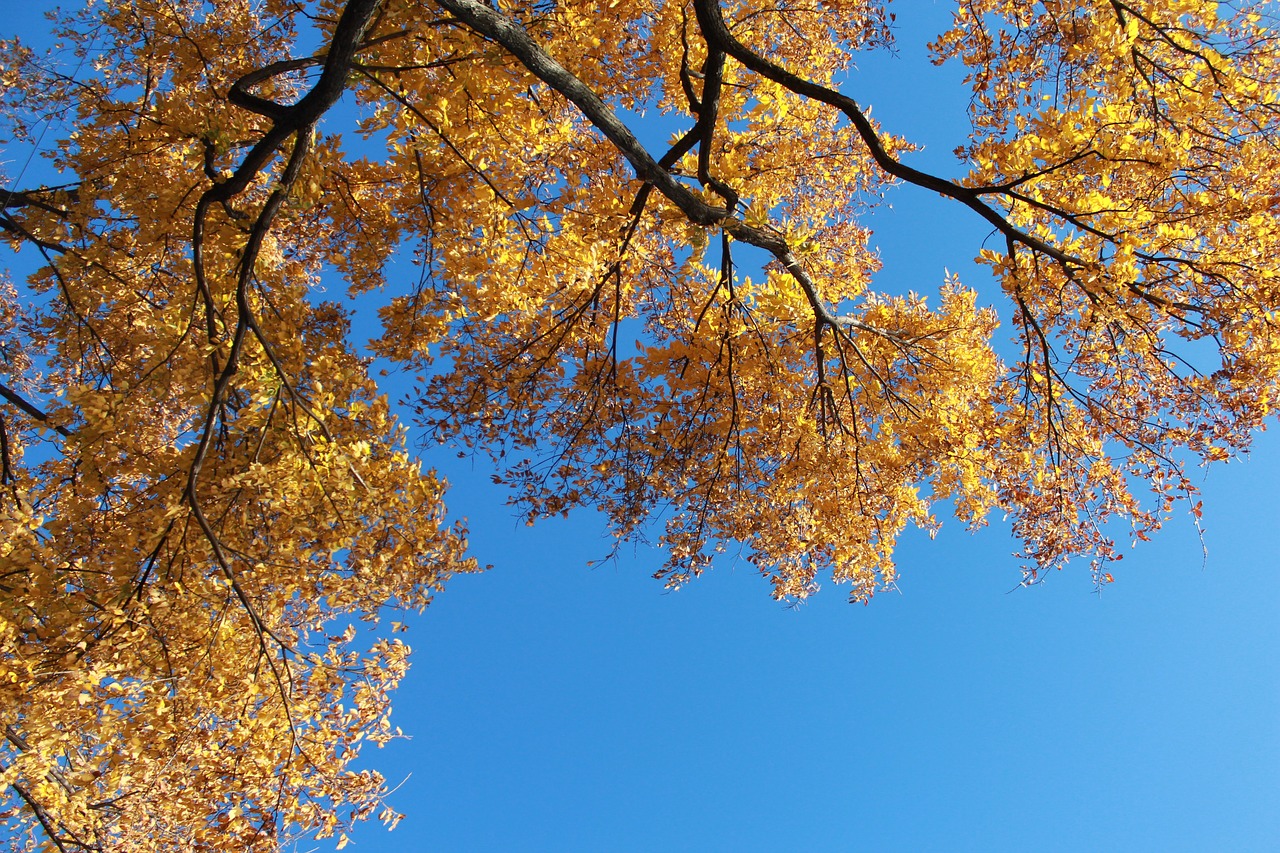
4. Discovering Neighborhoods
- Georgetown: Known for its historic charm, Georgetown offers a mix of upscale shops, trendy restaurants, and beautiful waterfront views. Explore the cobblestone streets, visit the historic Georgetown University, and indulge in some retail therapy.
- Adams Morgan: This vibrant neighborhood is known for its diverse dining scene, eclectic shops, and lively nightlife. Enjoy international cuisine, browse through unique boutiques, and experience the neighborhood’s energetic atmosphere.
- Dupont Circle: Dupont Circle is a hub of art, culture, and entertainment. Visit the renowned Phillips Collection, explore the vibrant street art, and relax in the beautiful Dupont Circle Park.
- U Street Corridor: This historic neighborhood is famous for its jazz and music scene. Catch a live performance at the iconic 9:30 Club, visit the African American Civil War Memorial, and enjoy the lively atmosphere along U Street.
Washington D.C. is a city of diverse neighborhoods, each with its own unique character and attractions. Venture beyond the main tourist areas to discover the hidden gems of the city.

5. Dining and Cuisine
- Try Local Delicacies: Washington D.C. offers a wide range of culinary experiences, including its famous half-smoke sausages, Chesapeake Bay blue crabs, and Ethiopian cuisine in the vibrant Adams Morgan neighborhood.
- Visit the Food Trucks: The city is known for its diverse and delicious food truck scene. Explore the various food truck parks and sample a variety of cuisines from around the world.
- Experience Fine Dining: Washington D.C. is home to many Michelin-starred restaurants and acclaimed chefs. Treat yourself to a memorable dining experience at one of the city’s fine dining establishments.
- Discover Local Breweries and Distilleries: If you’re a fan of craft beer or spirits, Washington D.C. has a growing number of breweries and distilleries to explore. Take a tour, sample the local creations, and learn about the brewing and distilling processes.
Indulge in the vibrant food scene of Washington D.C. and savor the flavors of the city’s diverse culinary offerings.
6. Enjoying Outdoor Spaces
- Rock Creek Park: Escape the hustle and bustle of the city and immerse yourself in nature at Rock Creek Park. This expansive urban park offers hiking and biking trails, picnic areas, and opportunities for wildlife spotting.
- National Arboretum: Explore the National Arboretum, a 446-acre botanical garden that showcases a diverse collection of trees, shrubs, and plants. Take a leisurely stroll through the gardens and enjoy the tranquility of the surroundings.
- Theodore Roosevelt Island: Located in the Potomac River, Theodore Roosevelt Island is a peaceful oasis dedicated to the 26th President of the United States. Take a hike along the trails and learn about Roosevelt’s conservation efforts.
- National Zoo: Pay a visit to the Smithsonian’s National Zoo, home to thousands of animals from around the world. Marvel at the giant pandas, watch feeding sessions, and learn about wildlife conservation.
Washington D.C. offers numerous outdoor spaces where you can relax, recharge, and connect with nature amidst the urban landscape.
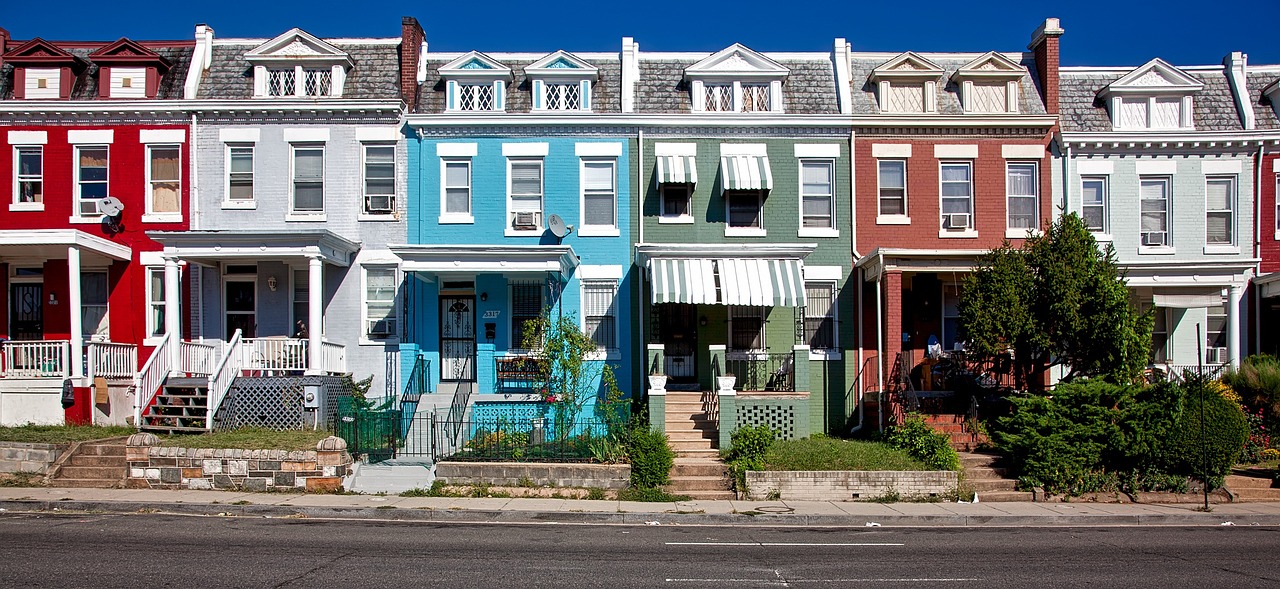
7. Safety Tips
- Stay Alert and Aware: As with any major city, it’s important to stay alert and aware of your surroundings. Avoid poorly lit areas at night and be cautious of your belongings.
- Use Reliable Transportation: Stick to licensed taxis or reputable rideshare services. Avoid accepting rides from unmarked vehicles or individuals who approach you on the street.
- Follow Local Laws and Regulations: Familiarize yourself with local laws and regulations, such as traffic rules and alcohol consumption policies, to ensure a safe and enjoyable visit.
- Keep Emergency Contacts Handy: Save important phone numbers, including local emergency services and your accommodation, in your phone or on a piece of paper for easy access in case of emergencies.
By following these safety tips, you can have a worry-free and enjoyable solo trip to Washington D.C.
8. Planning for Museums and Attractions
- Check Opening Hours: Before visiting museums and attractions, check their opening hours and plan your itinerary accordingly. Some attractions may have reduced hours on certain days or require advance reservations.
- Consider Guided Tours: Many museums and attractions offer guided tours that provide in-depth insights and a richer experience. Check their websites or inquire on-site for tour availability.
- Download Mobile Apps: Some museums and attractions have mobile apps that provide interactive maps, audio guides, and additional information. Download these apps before your visit for a more immersive experience.
- Visit During Off-Peak Hours: To avoid crowds, consider visiting popular attractions during off-peak hours, such as early morning or late afternoon. This will allow you to have a more relaxed and enjoyable experience.
Planning ahead will ensure that you make the most of your time at the museums and attractions in Washington D.C.
9. Shopping and Souvenirs
- Explore CityCenterDC: CityCenterDC is a premier shopping destination in the heart of downtown Washington D.C. Browse through high-end boutiques, flagship stores, and designer shops.
- Visit Eastern Market: Eastern Market is a historic public market where you can find fresh produce, artisanal goods, and unique crafts. It’s a great place to pick up souvenirs and experience the local culture.
- Shop at Union Market: Union Market is a vibrant food hall and marketplace featuring local vendors, gourmet products, and trendy shops. Discover unique gifts, sample local delicacies, and soak in the lively atmosphere.
- Explore Georgetown’s M Street: Georgetown’s M Street is lined with a mix of well-known brands, independent boutiques, and specialty stores. Spend an afternoon shopping and exploring this charming neighborhood.
Washington D.C. offers a variety of shopping experiences, from upscale boutiques to local markets, where you can find unique souvenirs and indulge in retail therapy.
10. References
- Washington Metropolitan Area Transit Authority: wmata.com
- Library of Congress: loc.gov
- U.S. Capitol Visitor Center: visitthecapitol.gov
- Smithsonian Institution: si.edu
- National Park Service: nps.gov
These references were used to gather information about Washington D.C. and its various attractions.


